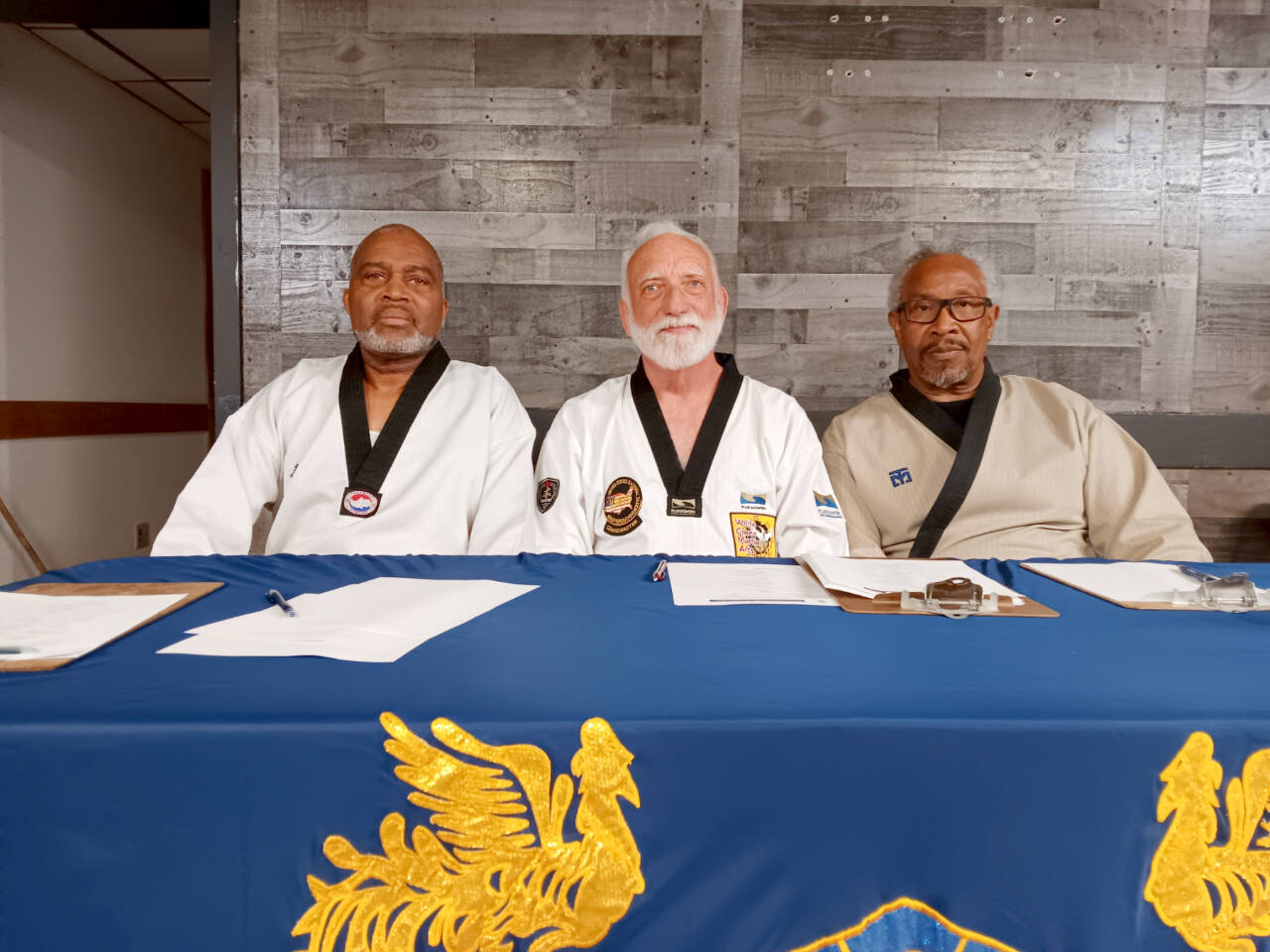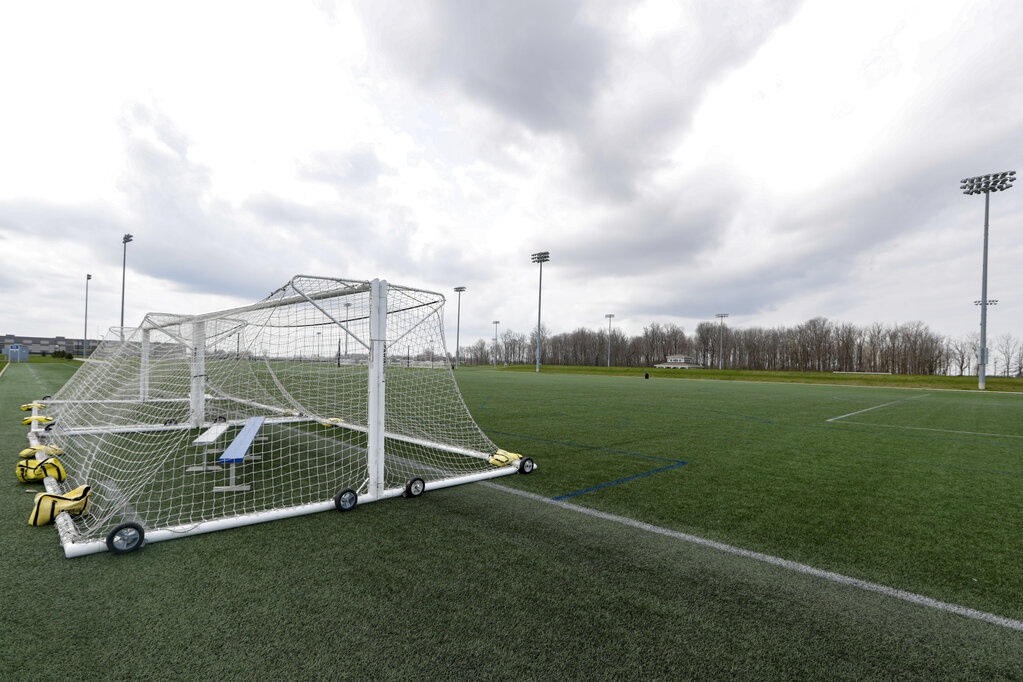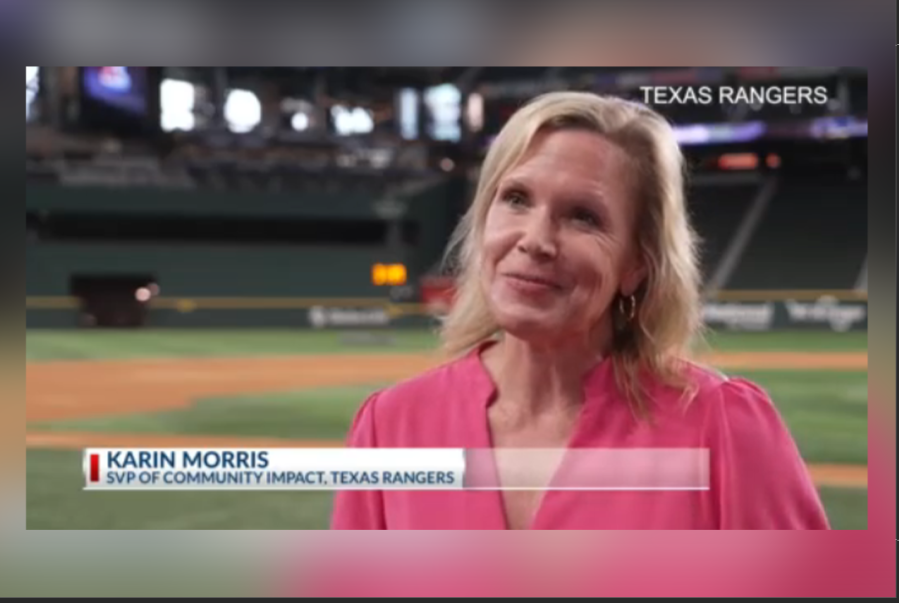Editor’s note: This story is a part of Peak, The Athletic’s desk covering leadership, personal development and success through the lens of sports. Follow Peak here.
When Doug Baldwin first met the sports psychologist who would have a profound impact on his life, he was skeptical about working with him.
“Skeptical is kind of a nice way of putting it,” Baldwin said. “I was against it.”
It was 2011, and Baldwin had just joined the Seattle Seahawks as an undrafted rookie. The draft snub fed his intensity and insecurities. For years, he had used the feeling that he wasn’t good enough to prove that he was. That combination had helped him reach the pros, going from an unheralded two-star prospect out of high school to Stanford’s leading receiver as a senior. When he made a mistake, he dwelt on it and used it to knock his self-worth, prompting him to work even harder.
Only later, as he learned how to frame and consider his internal thoughts, did he truly understand the personal costs of that mindset.
So when Baldwin met Dr. Michael Gervais, a sports psychologist that Seahawks coach Pete Carroll had brought in to work with players, he wasn’t sold. Baldwin believed the way he had always carried himself was what made him a successful football player. And when Gervais walked in with his fluffy hair, polished style and frequent smile, Baldwin thought he looked like a Tom Cruise clone.
A teammate in Seattle, running back Marshawn Lynch, had a name for people like Gervais: “shrink dudes.”
Yet when Gervais explained the intent of his work — to unlock the best versions of players through training their minds — and the goals it could help them achieve, Baldwin decided to give him a shot.
If this is what he says it is, Baldwin thought, then why not just try it?
For Gervais, that initial meeting came as he was returning to the sports world after his first attempt to work with athletes a decade earlier had frustrated him.
He had earned a Ph.D in sports psychology with the belief that all athletes could benefit from his work. But he became deflated when he felt like some of his athletes didn’t fully believe in the correlation between mental skills training and performance, and even more so when they didn’t match his investment.
So instead, he spent time at Microsoft, helping high-performers develop mental skills and playing a crucial role in the Red Bull Stratos project, where he counseled Felix Baumgartner before his record-setting skydive from 128,000 feet.
In 2011, Gervais had dinner with Carroll before his second season as the Seahawks’ head coach. Carroll explained that he was looking to instill a culture built around training players’ minds as much as their bodies, and he assured Gervais it would be different from his previous experiences. So Gervais decided to give pro sports another chance.
The first time Gervais worked with Baldwin was during a group session about basic breathing exercises. He started the session with box breathing. Baldwin and his teammates inhaled for five seconds, paused at the top for five seconds, exhaled for five seconds, then paused at the bottom for five seconds before breathing in again.
Next, they switched to down-regulation breathing: inhaling for eight seconds, pausing, exhaling for 16 seconds, then pausing again.
Before the session finished, Gervais asked the group to participate in a “gratitude meditation.”
“It’s completely attuning to one thing you’re grateful for,” Gervais said.
Afterward, as Gervais exchanged goodbyes with players, Baldwin slowly made his way to the front of the room. Gervais wasn’t sure what Baldwin was going to say. When they were face to face, Baldwin just stood there, grinning and nodding his head up and down.
“OK,” Baldwin finally said. “Yep. OK.”
Gervais didn’t have to say anything back.
“I knew and he knew what that stood for,” Gervais said. “OK, I just went somewhere. I just felt something.”

Baldwin was never the biggest or fastest receiver, but he was always one of the most prepared players on the Seahawks. (Abbie Parr / Getty Images)
Baldwin’s work with Gervais came at a time when athletes across sports started to more publicly consider their mental health and how it influenced their performance. Baldwin felt the stigma against showing signs of vulnerability. However, the revolution has continued and has changed how athletes discuss their struggles, with many more publicly acknowledging the ways they are seeking help.
“Being able to do that opened up a whole different realm for me,” Baldwin said.
The first breath-work session had been a “gate opener,” the first time that he felt like he could control his intense emotions.
“My body had never felt that type of stillness and that type of relaxation,” he said.
Still, Baldwin’s skepticism didn’t vanish overnight. Gervais chipped away at it by painting a picture. As thoughts came into his mind, Gervais suggested viewing them as clouds: Just like a cloud, the thought is here right now, but it’s simply passing through the sky. Just because a thought existed didn’t mean Baldwin needed to have judgment of it. It’s not a bad thought or a good thought. It’s just a thought. And it floats by just as a cloud does.
He also connected with Baldwin on a personal level. It wasn’t unusual for their check-ins to turn into hours-long conversations, or for shared meals in the lunchroom to extend into a long walk-and-talk session to practice.
“It was basically counseling sessions,” Baldwin said. “It was about finding a deeper understanding of myself and what I’m capable of.”
Gervais helped Baldwin understand his intense emotions and energy with an analogy: “It’s like you’re trying to dictate which way a herd of mustangs is going. You’re not going to be able to do that. What you can try to do is try to guide them in the general direction that you want to go.”
Baldwin gained a deeper understanding of himself and his thought processes. Conversations with Gervais helped Baldwin connect many aspects of his mindset to the difficulties of his childhood and his insecurities, which gave him the awareness to make adjustments. By getting to the source and working to improve his thoughts, he began to see his relationships and life off the field improve as well.
Baldwin began breath work twice a day, and the physical and mental benefits surprised him. He could stay calm under pressure moments on the football field, but he also felt more peaceful and relaxed in his regular life.
Gervais helped him establish a pre-performance routine, a pregame routine and a pre-snap routine. Most importantly, from Gervais’ perspective, each part of every routine put Baldwin in control. Baldwin could not control scoring touchdowns, for example, but he could control the way he caught the ball or moved his feet.
This, Gervais explained, allowed Baldwin to “put himself in the best position to be himself.”
The purpose was to master how to stay calm under stress, generate confidence, envision performance excellence, let go of mistakes and be a better teammate.
“Thoughts drive actions,” Gervais said. “Thoughts impact emotions. Thoughts and emotions together impact behavior. And thoughts, emotions and behavior stacked up is what creates performance.”
Baldwin incorporated visualization into his routine. He would imagine himself making specific plays to convince his mind that the moment had already happened — another way to give himself a sense of control.
Baldwin’s insecurity-fueled drive didn’t disappear. He was always one of the Seahawks’ most prepared players. He studied film for hours and prioritized going into games, confident that he had done everything to give himself the best chance to be successful.
Still …
“No matter how hard you prepare,” Baldwin said, “there’s always something that comes up that you weren’t prepared for or makes you question your preparation.”
That’s where the work with Gervais kicked in.
During a big playoff game, Baldwin’s heart pounded so rapidly that he began to feel anxious.
“Just get grounded,” he told himself. “Get grounded.”
As he pressed his thumbs to each of his fingertips, he continued to take deep breaths, reminding himself of where he was and the techniques he had learned from Gervais.
“I’m in control of my body, I’m connected to it,” he recited.
Then the game started and Baldwin began to feel like himself. His training with Gervais didn’t always yield immediate results.
In 2016, when the Seahawks played the Green Bay Packers, Baldwin struggled. Nothing he tried was successful. He couldn’t bring himself to be balanced and grounded. But he didn’t give up.
“It’s consistency and discipline with it, but then also persevering through those times where it may feel like it’s not working,” he said. That paid off in a major way that year, when he had the most catches and most receiving yards of his career and made his first Pro Bowl.
“It’s somewhat similar to a muscle,” Baldwin said. “You have to work it out in order to strengthen it, and there are going to be times where it fails because that’s the only way that it grows and gets stronger.”
After big games that season, he sat on the sideline and thought: Damn. He didn’t feel tired; everything felt effortless.
As his work with Gervais continued, Baldwin noticed changes off the field. He felt more confident and reliable as a friend, husband, brother and son.
Baldwin retired at 30 after the 2018 season. He wanted to ensure that the adverse side effects of his many years playing football did not interfere with his kids and family. He and his wife, Tara, have three daughters, and he feeds his competitive side with pickup basketball games.
Without football, he finds himself occasionally tempted to fall back into old habits because deep down they still feel safer to him, and more familiar. But he still relies on the blueprint Gervais gave him years ago to catch himself.
On his phone, he has one of Gervais’ guided meditation recordings. When he wakes up some mornings, he does breathing exercises and visualizes how his day is going to go — the same tools he used to catch passes and score touchdowns.
“And that’s been profound in my life,” Baldwin said.
Elise Devlin is a writer for Peak. She last wrote about the best ways to coach youth sports. Follow Peak here.
(Illustration: Dan Goldfarb / The Athletic; Otto Greule Jr / Getty Images)


































































